10.2: Ejercicios
( \newcommand{\kernel}{\mathrm{null}\,}\)
Lab 10 Ejercicio10.2.1
Identificar las palmaditas de una “neurona”
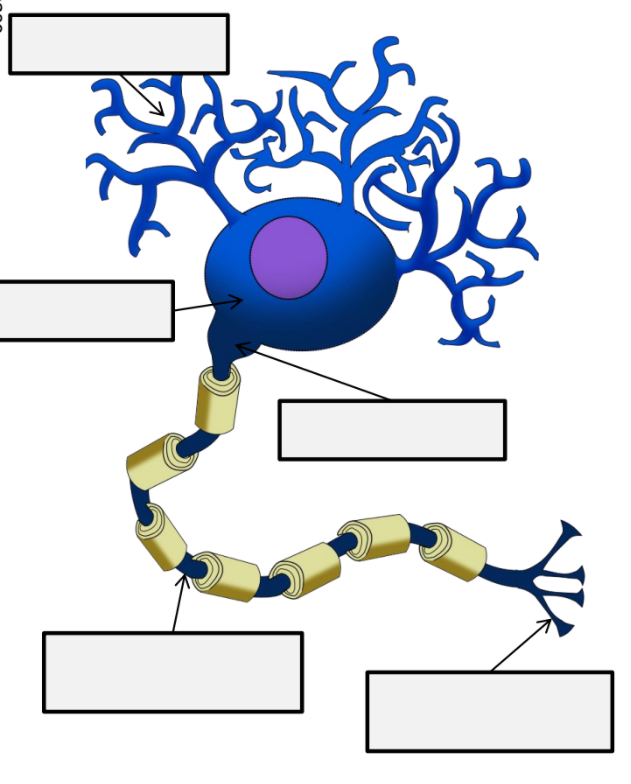
Lab 10 Ejercicio10.2.2
Etiquete lo siguiente:
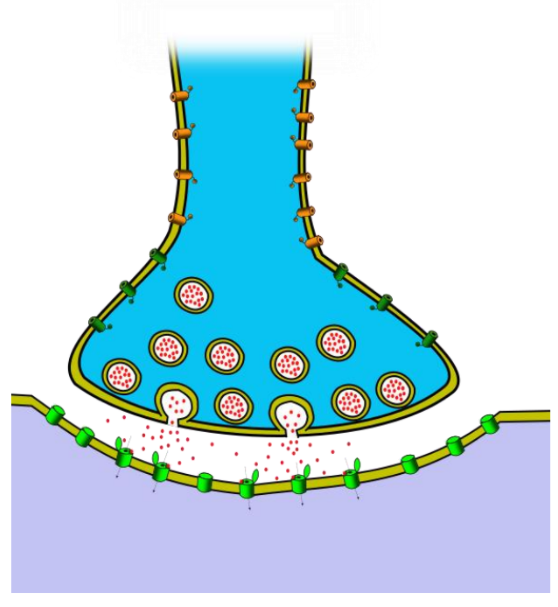 |
|
Lab 10 Ejercicio10.2.3
Haga coincidir estos elementos o acciones con sus ubicaciones en una neurona: potenciales graduados, acción
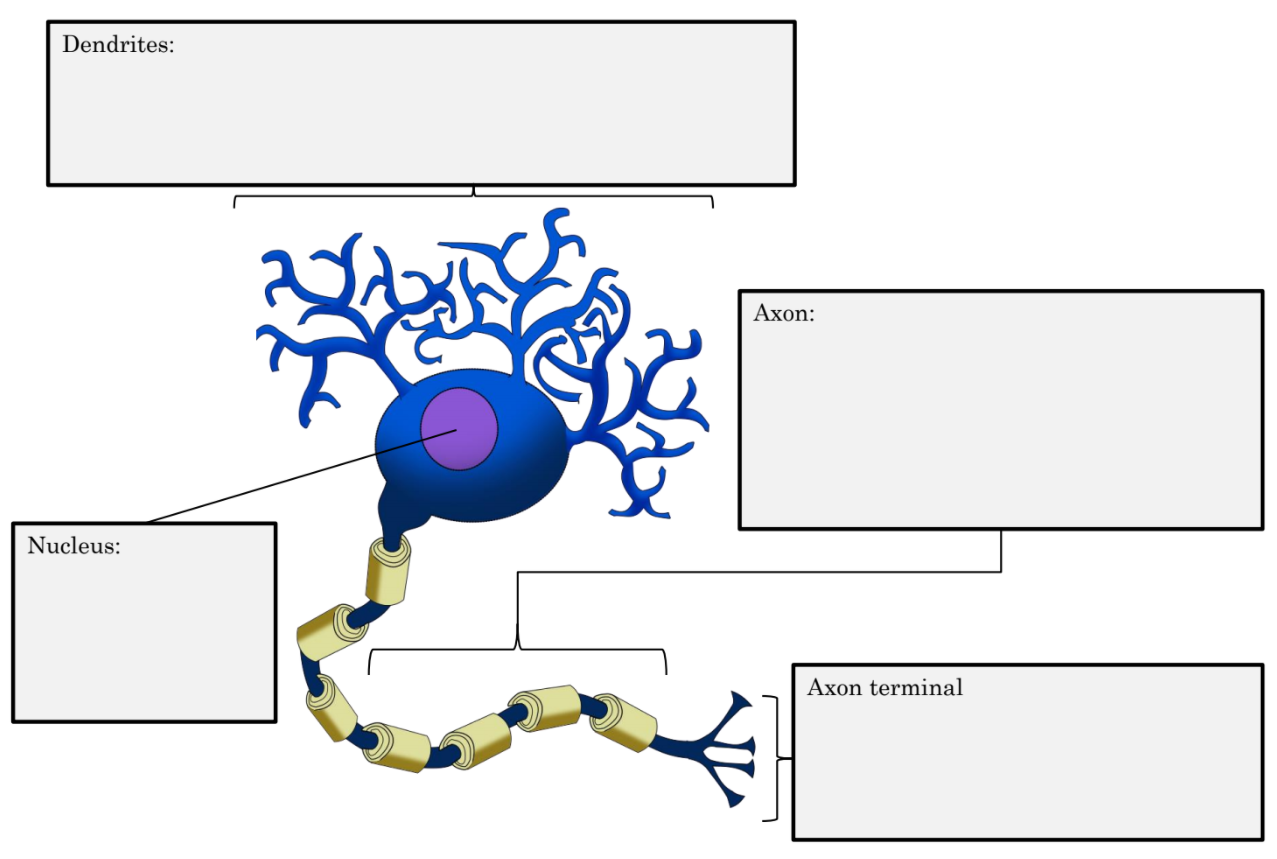
| 1 | potenciales graduados | 7 | EPSP |
| 2 | acción acción | 8 | IPSP |
| 3 | vesículas llenas de neurotransmisores | 9 | membrana presináptica |
| 4 | receptores de neurotransmisores | 10 | membrana post-sináptica |
| 5 | canales de sodio regulados por voltaje | 11 | Genes (que codifican proteínas receptoras) |
| 6 | canales iónicos con cierre de ligando |
Lab 10 Ejercicio10.2.4
Etiquete los siguientes glía y artículos relacionados:
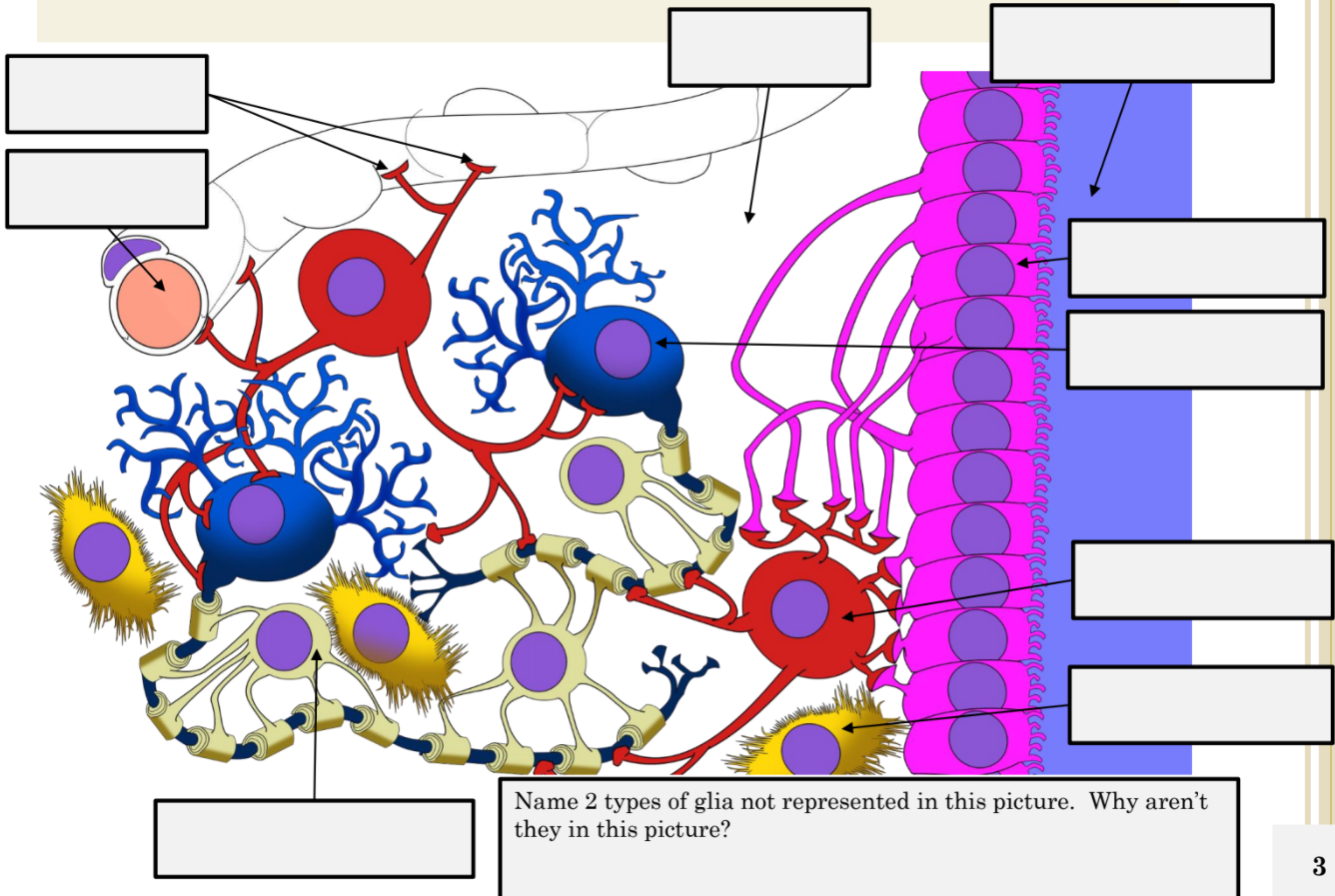
| 1 | Astrocito | 6 | Líquido cefalorraquídeo (LCR) |
| 2 | Pies perivasculares | 7 | Fluido extracelular (ECF) |
| 3 | Oligodendrocitos | 8 | Neurona |
| 4 | Microglia | 9 | Capilar |
| 5 | Célula ependimal |
Lab 10 Ejercicio10.2.5
Etiquetar las secciones histológicas
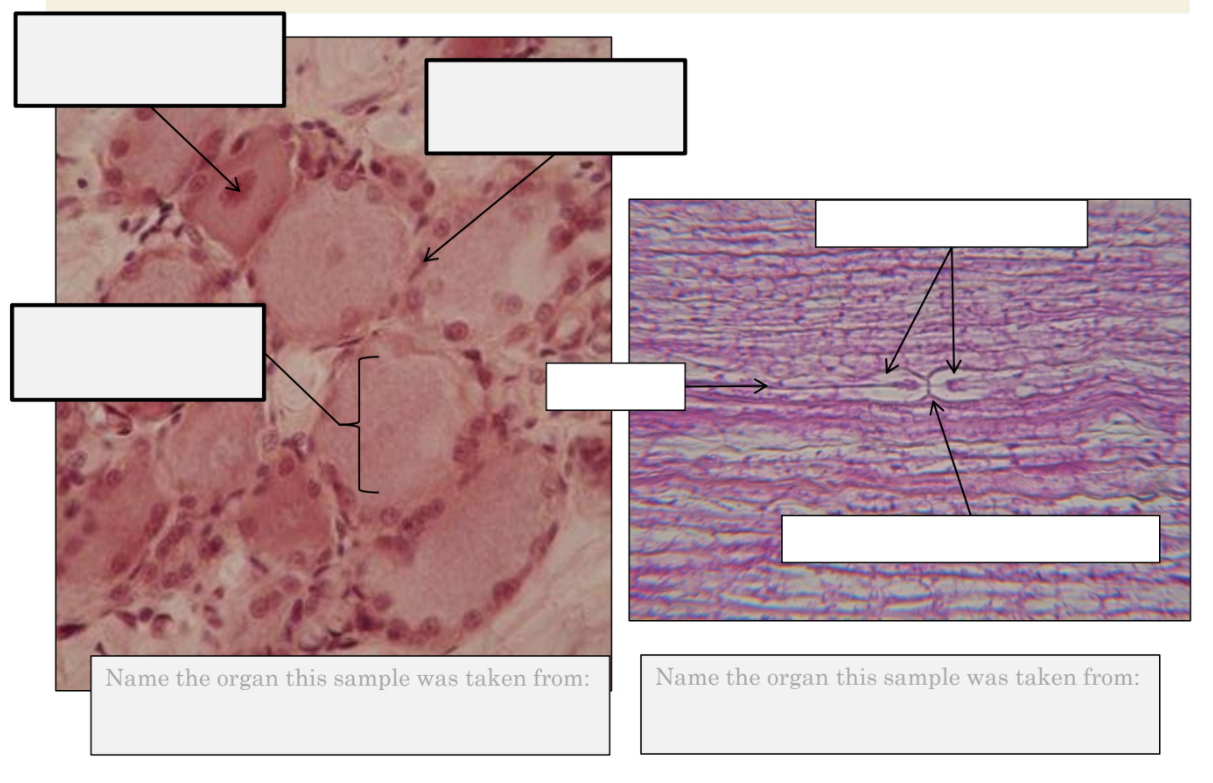
Lab 10 Ejercicio10.2.6
Obtener portaobjetos de cada uno de los siguientes tejidos, observarlos, dibujar y etiquetar las características significativas. CORREAS: Médula espinal, corteza cerebral, cerebelo, ganglio de la raíz dorsal, nervio periférico, unión neuromuscular:
1. Obtener un portaobjetos de tejido nervioso de la caja de diapositivas. Use cualquier tejido nervioso excepto nervio periférico, no hay cuerpos celulares nerviosos en una sección nerviosa periférica.
2. Ver la diapositiva sobre el segundo objetivo más alto. Busque cuidadosamente hasta que encuentre una neurona clara y representativa en su campo de visión.
3. En el círculo de abajo, dibuja la neurona que encontraste. Sólo dibujar la neurona única. No dibujar ninguno de los otros materiales. Dibuja tus estructuras proporcionalmente a su tamaño en el campo de visión de tu microscopio.
4. Etiquete cualquier parte neural que pueda reconocer claramente.
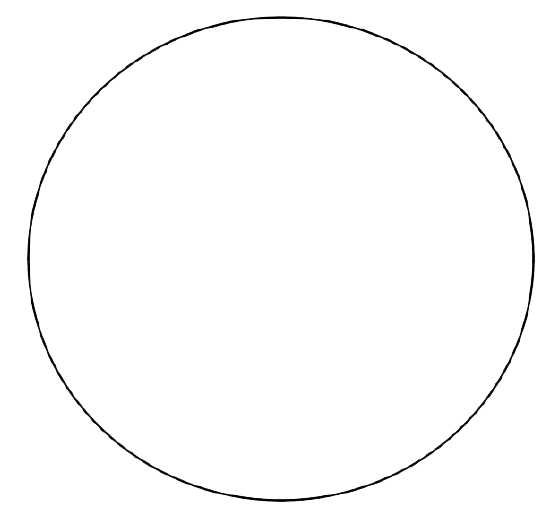 |
Ampliación Total: _________________ Fuente de tejido: ____________________
|


